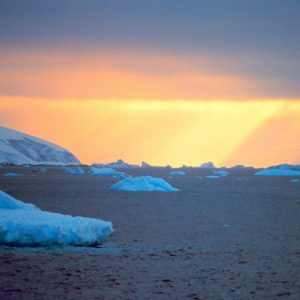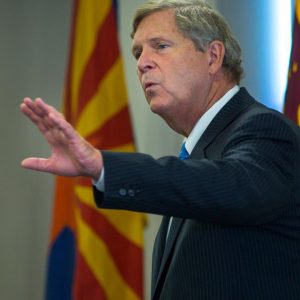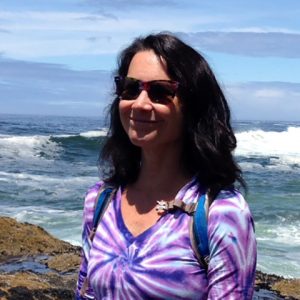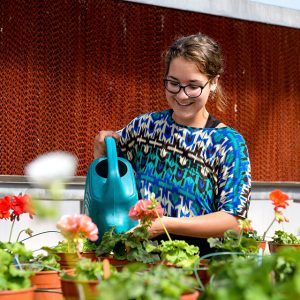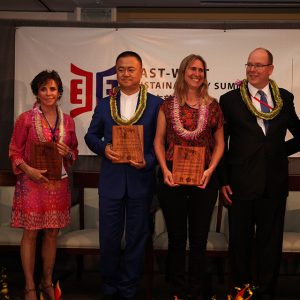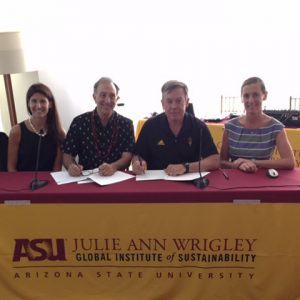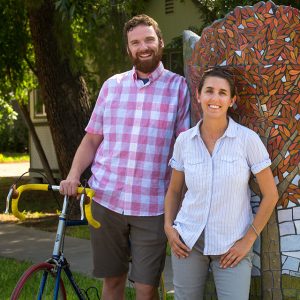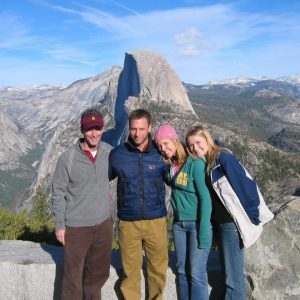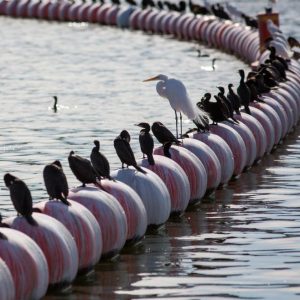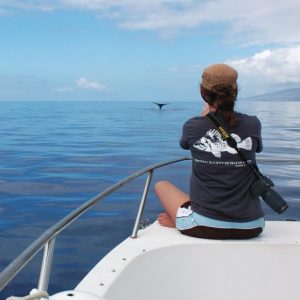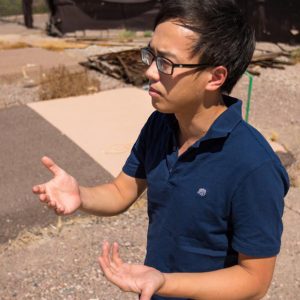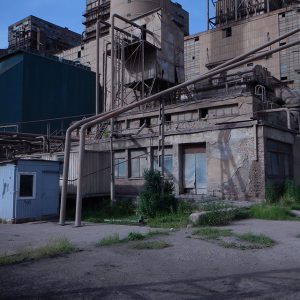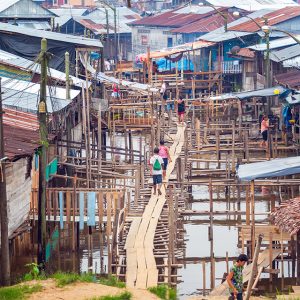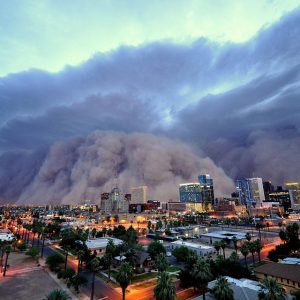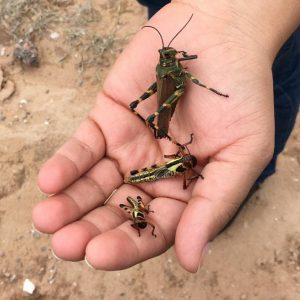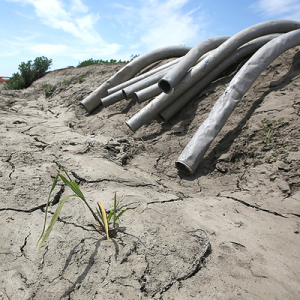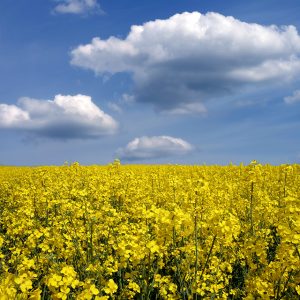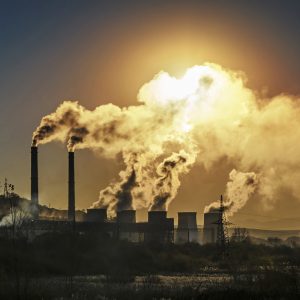Prospective sustainability leaders offered a financial boost
View Source | September 30, 2016
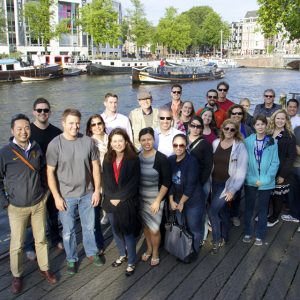 Through funding provided by the Rob and Melani Walton Fund of the Walton Family Foundation, ASU will award a limited number of scholarships of up to $15,000 to professionals applying to the Executive Master of Sustainability Leadership program.
Through funding provided by the Rob and Melani Walton Fund of the Walton Family Foundation, ASU will award a limited number of scholarships of up to $15,000 to professionals applying to the Executive Master of Sustainability Leadership program.
The online program, offered by ASU's School of Sustainability and administered through the Walton Sustainability Solutions Initiatives, centers on four specific themes: global context, strategy, communication and leadership. In doing so, it equips professionals from all ranks within an organization with the knowledge and real-world experiences needed to accelerate their careers in sustainability.
The admissions application deadline for those who wish to be considered for this scholarship is Nov. 30.


